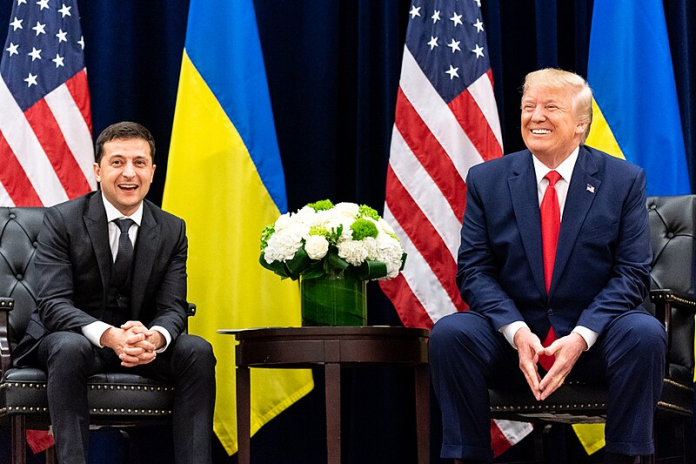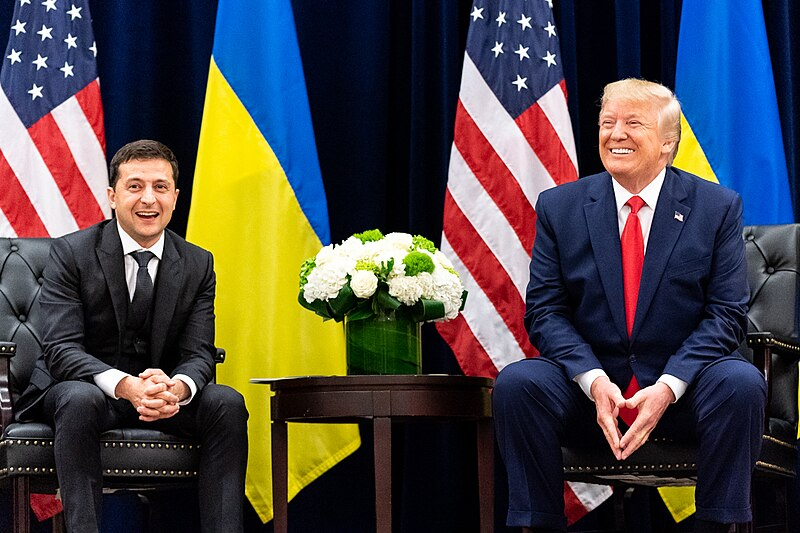
Its silence was broken by the whine of engines scores of missiles and hundreds of drones buzzing through the skies of Ukraine, bound for the energy grid of the nation. Eight regions were at dawn without power, the streets of the capital, Kyiv, silently still except for the thrum of emergency generators. It is Moscow’s latest great air attack, the follow-up to a campaign the government of Ukraine Calls an all-out effort at “weaponizing winter,” an attack aimed at taking the nation’s grid down before the wintery months.
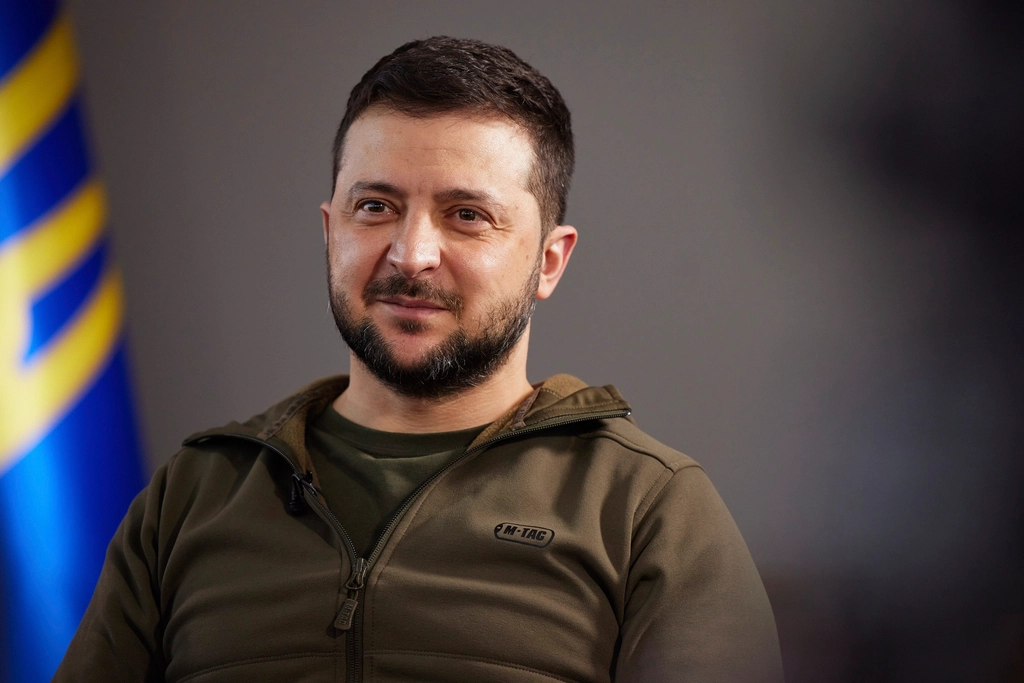
1. Saturation Strike Strategies of Russia
Ukraine President Volodymyr Zelenskyy described the overnight barrage with more than 300 drones and 37 missiles, with many launched repeatedly at the same targets to catch maintenance crews when outside. Recent attack tallies suggest Moscow increasingly combines sophisticated ballistic missiles with waves of Shahed-136 drones, now with sophisticated electronics, decoys, and flight-path unpredictability to baffle jamming. The Iskander-M ballistic missile, with mid-course change of course and use of radar decoys, has proven especially hard to destroy for Ukraine Patriot missiles.

2. Strains on the Air Defenses of Ukraine
Ukraine’s multi-tier air defense system United States, German, and Romanian-supplied Patriot missiles, with gaps to be covered by Soviet-era S-300V1 missiles still underlies air protection. However, recent reports also confirm that Patriots are not very successful at shooting down missiles that traverse quasi-ballistic trajectories. “It is harder, but not impossible to do the interception,” opined the head of the spokesperson team of the Ukrainian Air Force, Yurii Ihnat. With every massed attack, Ukraine is obliged to employ precious interceptor missiles, already a thin resource.
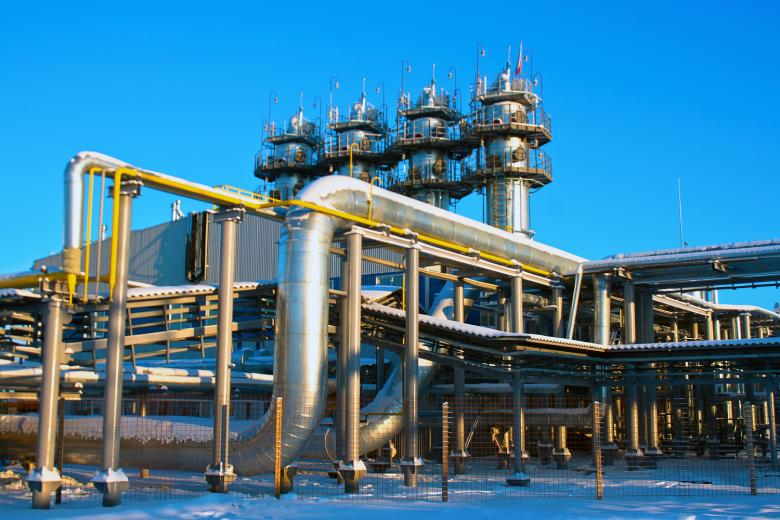
3. Energy Infrastructure Under Siege
These attacks have targeted energy infrastructure time and again. Naftogaz said battered natural gas plants for the sixth time this month, with DTEK halted Poltava gas production. Moscow shut 60 percent of Ukraine production capacity for gas in previous October raids. The impact resonates beyond Ukraine’s borders European energy markets have seen prices jump since the capital, Kiev, imports billions of cubic meters of gas to compensate for losses, straining the pipeline network of Poland and Hungary, with high tariffs for Slovakia and Romania.

4. Ukraine’s Counteroffensive Against Russian Oil
Kyiv has replied with deep-in-Russia precision strikes. Twice in two months, the Saratov Oil Refinery, handling 4.8 million tons of oil in 2023, has been struck, interrupting fuel supplies to the Russian military. Ukrainian drones, with the help of U.S.-supplied intelligence about routes and timing, have slipped past Russian air defenses to strike targets 300 miles or more from the border. The raids have apparently closed 38 percent of Russian refining capacity, leading to domestic fuel restrictions.
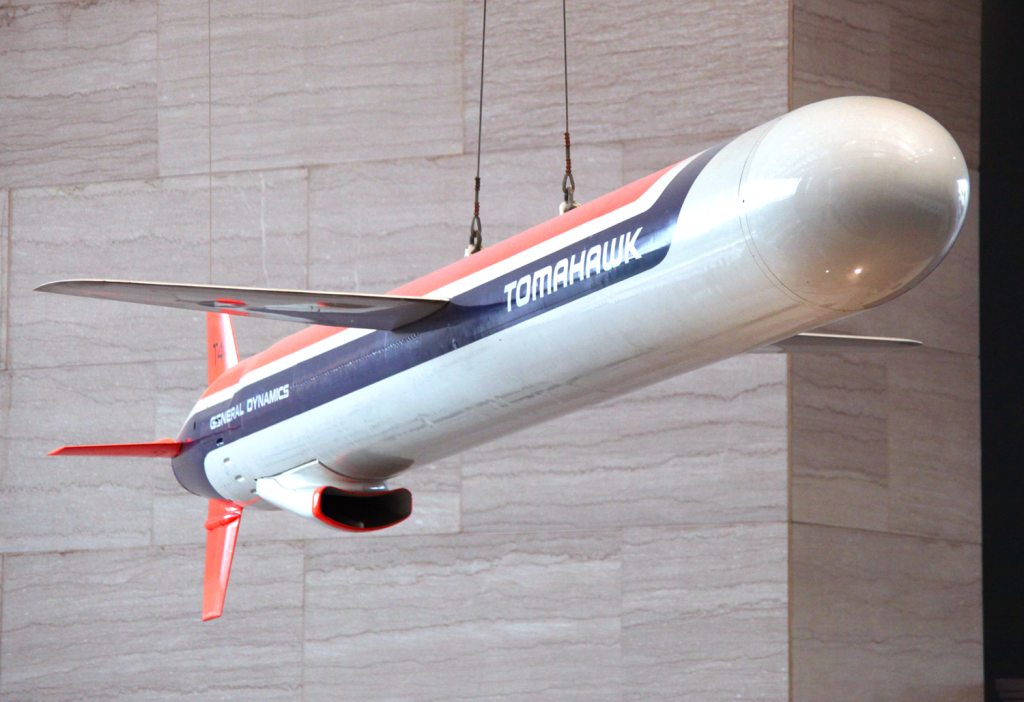
5. The Tomahawk Factor
Ukraine President Zelenskyy trip to Washington has a definite agenda: U.S. long-range strike system, namely the Tomahawk Land Attack Missile. The Block V Tomahawk comes with 1,000-mile range, GPS, and precision targeting just the thing for striking at Russian energy targets well outside the range for Ukraine now. The system is an expensive proposition at $2.2 million per missile and $6.2 million per land-based launcher. President Trump said the United States would deploy “a couple thousand” missiles, but experts believe the United States can afford to divert only 20 to 50 without taking away from readiness for the Pacific theater.

6. Strategic Implications of the Use of Tomahawk
Military analysts note that hundreds, or even dozens, of Tomahawks repeated time and again, could inflict the “catastrophic” amounts of damage that were seen in the Allied bombing campaign during World War II to the German oil targets. Such an assault, opined Marc Thiessen, could “force an unsustainable military and financial price to be paid at the expense of Russia,” bringing Putin to the negotiating table. Moscow Foreign Minister Sergey Lavrov vowed “a very serious escalation” if the missiles are delivered, but Moscow’s earlier threat to respond to Western arms shipments all too frequently hasn’t been carried out.
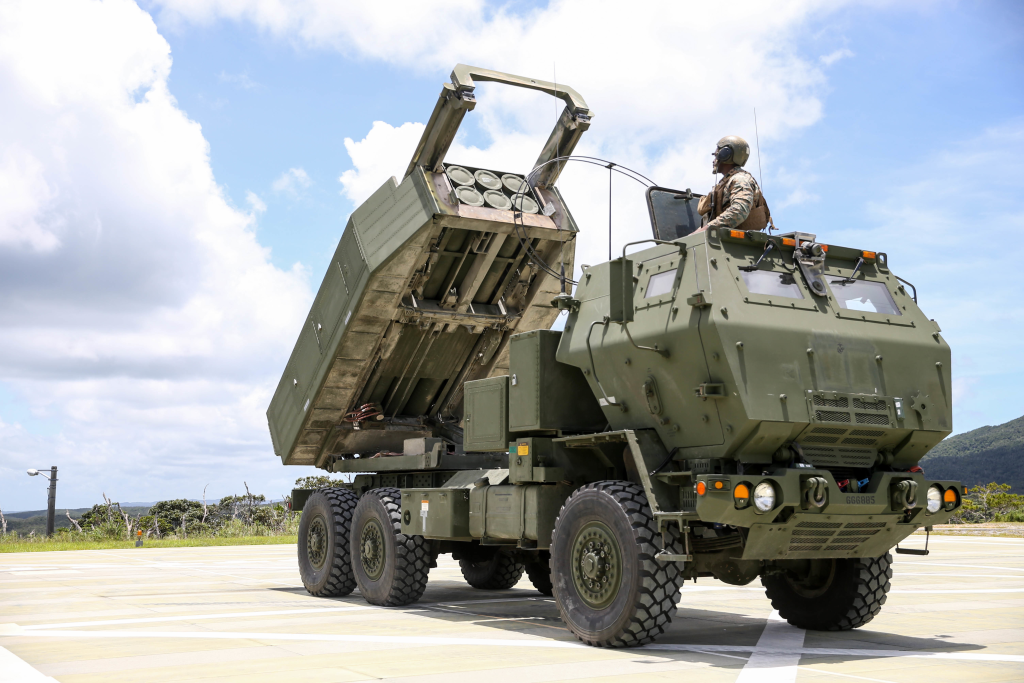
7. Engineering Challenges of Integration
Tomahawks are not air-launched and require specially dedicated ground launchers. Although Ukraine has become accustomed to operating with highly sophisticated missile defense systems such as HIMARS and Patriots using never-wearing foreign boots onto the ground, integration with Tomahawks would require rapid training, launcher emplacement, and secure lines of logistical support for maintenance. Logistical support must come from civilians but depends on synchronized intelligence, targeting, and logistical capability to survive under fire.
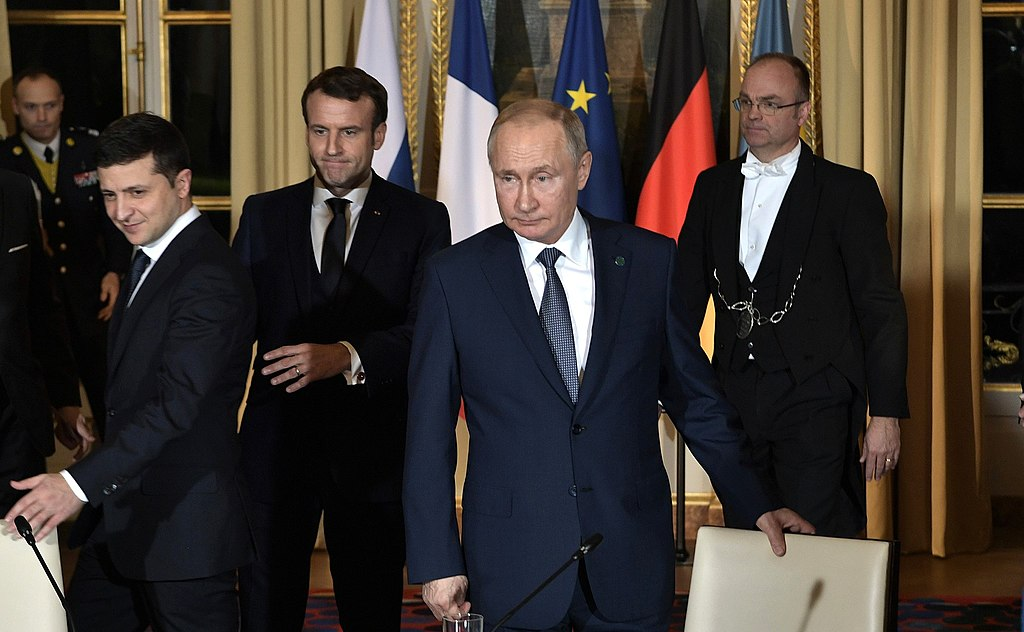
8. The Broader Geopolitical Calculus
Trump’s meeting with Putin in Budapest looms over the weapons discussion. His frustration with the Russian leader’s unwillingness to end the war has grown, and the Tomahawk offer may serve as leverage. Yet U.S. defense planners weigh the risk of weakening capabilities in the Pacific against the potential to break the deadlock in Ukraine. The decision intersects military engineering, geopolitical strategy, and the urgency of halting Russia’s winter offensive on Ukraine’s grid.
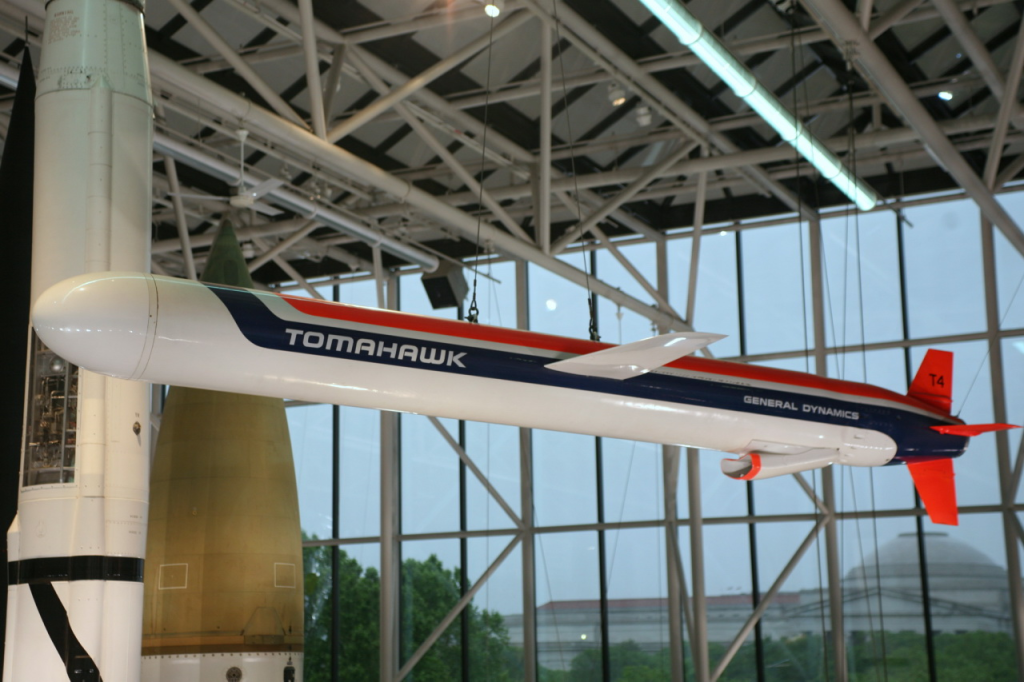
As Ukraine sets itself up for further blackouts and escalates offensive attacks at Russian oil, the offensive precision system versus defense interception system arms race accelerates. Whether or not the Tomahawks come to the battlefield will determine not just the viability of the energy grid within Ukraine, but what direction the war takes.
